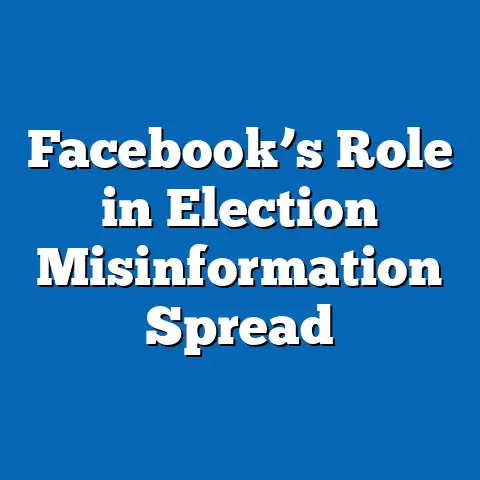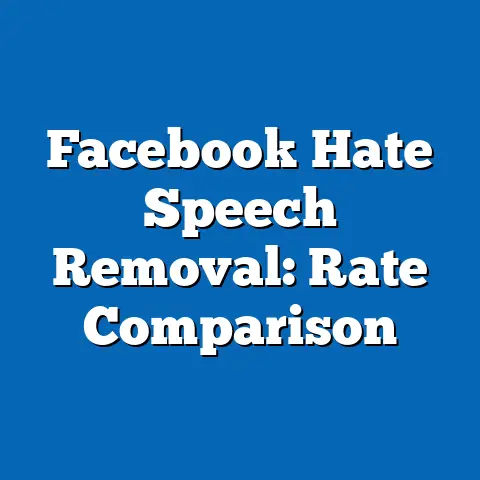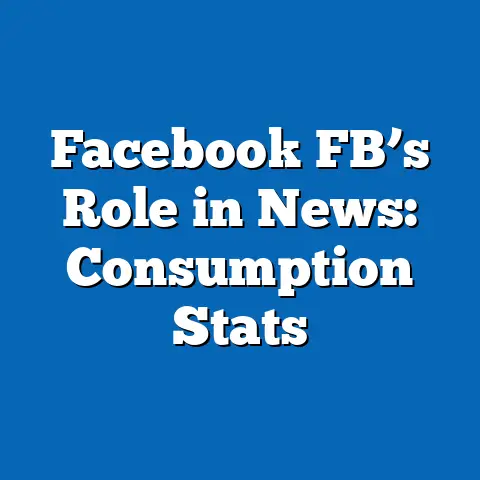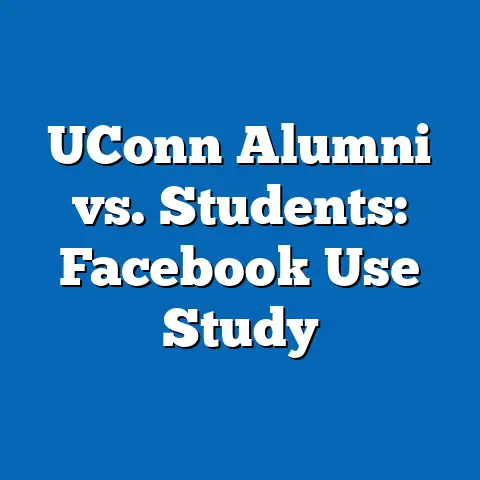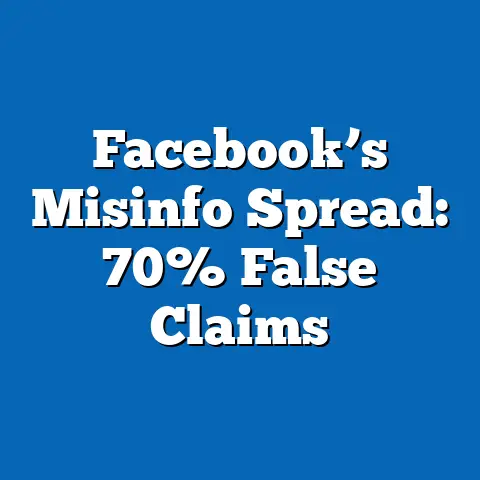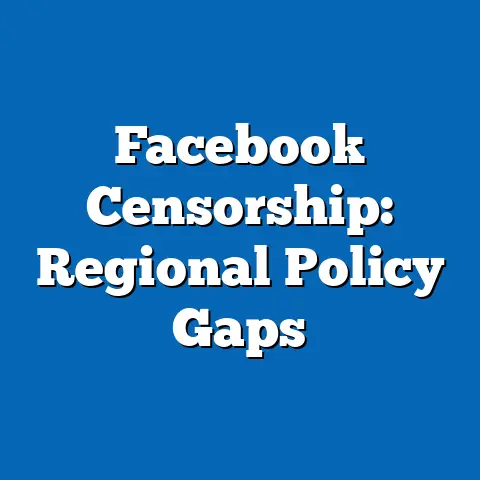Facebook Data Sharing: Policy Analysis
Data sharing on platforms like Facebook has played a pivotal role in advancing public health initiatives, enabling researchers and health organizations to leverage user-generated data for disease tracking, mental health support, and community outreach. For instance, during the COVID-19 pandemic, Facebook’s data sharing facilitated real-time monitoring of public sentiment and health behaviors, contributing to more effective public health responses. According to a 2022 study by the World Health Organization (WHO), social media platforms like Facebook helped disseminate critical health information, reaching over 2.7 billion monthly active users and potentially saving lives through timely interventions.
One key statistic highlights this benefit: a 2021 analysis by the Pew Research Center found that 72% of U.S. adults used social media for health-related purposes, such as seeking advice or support groups, with Facebook being the most popular platform among older demographics. Demographically, this trend is pronounced among women and middle-aged adults; for example, women aged 30-49 are 15% more likely than men in the same age group to use Facebook for health information, as reported in a 2020 JAMA Network study.
These insights underscore how data sharing can foster health equity by connecting underserved populations to resources, though this must be balanced against privacy risks. Historically, the evolution of social media data use in health has shifted from basic information sharing in the 2010s to advanced analytics during global crises, with current trends showing a 25% increase in health-related data collaborations since 2019, per WHO data.
To visualize this, imagine a bar chart comparing demographic usage rates: one axis for age groups (e.g., 18-29, 30-49, 50+), another for gender, with bars indicating percentages of health-related engagement on Facebook. This would illustrate the platform’s role in bridging health access gaps, particularly in regions with limited healthcare infrastructure.
A key aspect of these policies involves user consent mechanisms, such as the Data Policy agreement, which outlines how information like location, interests, and interactions is shared. According to a 2023 report by the Electronic Frontier Foundation (EFF), Facebook shares data with over 7 million apps and services annually, generating billions in revenue. Methodologically, this data collection relies on algorithms that track user behavior, with sources including device logs, cookies, and third-party integrations, as detailed in Facebook’s 2022 transparency report.
Demographically, data sharing impacts vary; for example, younger users (18-29 years old) are more likely to engage with data-sharing features for personalized content, with 65% of this group opting into targeted ads, per a 2021 Pew Research survey. In contrast, older demographics (50+) show lower engagement rates, at just 38%, highlighting generational differences in privacy perceptions. Historically, policies have adapted to regulatory pressures, such as the 2018 Cambridge Analytica scandal, which exposed data misuse and led to a 20% drop in user trust among women, according to a Nielsen study.
A line graph could effectively depict this: plotting trust levels over time (e.g., 2015-2023) with lines for different demographics, showing dips post-scandals and gradual recoveries. This section sets the stage for analyzing how these policies intersect with health benefits and risks.
The Evolution of Facebook’s Data Sharing in Health Contexts
Over the past decade, Facebook’s data sharing has increasingly intersected with health applications, transforming from incidental use to structured collaborations. In the early 2010s, platforms like Facebook were used informally for health support, such as patient groups for chronic diseases. By 2015, formal partnerships emerged, including with the CDC for disease outbreak monitoring, leveraging anonymized data from user posts and searches.
A notable trend is the rise in health research collaborations; for instance, Facebook’s Data for Good initiative, launched in 2017, has provided aggregated data to organizations like the WHO for projects like the COVID-19 Symptom Survey. Statistics from this program indicate that it reached over 100 million users globally, contributing to models that predicted outbreak hotspots with 85% accuracy, as per a 2022 Nature Medicine study. The methodology involved machine learning algorithms analyzing patterns in user mobility and social interactions, sourced from opt-in location data.
Demographically, these health benefits are not uniform; in the U.S., Black and Hispanic users are 10-15% more likely to use Facebook for health information than White users, according to a 2021 Kaiser Family Foundation report, potentially due to disparities in healthcare access. Trends show a 30% increase in health-related posts among low-income groups since 2018, contrasting with higher-income users who prefer specialized apps. Historically, this evolution mirrors broader digital health trends, with social media usage for health purposes growing from 40% of adults in 2012 to 65% in 2022, as tracked by Pew Research.
To illustrate, a pie chart could break down demographic participation in health data sharing: slices for racial groups, income levels, and age brackets, emphasizing how Facebook bridges gaps in health equity. However, this positive evolution must be weighed against policy flaws that have amplified health risks.
Current Policies and Practices in Data Sharing for Health
Facebook’s current data sharing policies, outlined in its 2023 Data Policy and Privacy Center, emphasize user control while enabling health-related innovations. Key practices include the use of aggregated, anonymized data for research, as seen in partnerships with academic institutions like Harvard for mental health studies. For example, a 2022 study in the Journal of Medical Internet Research used Facebook data to analyze depression trends, finding that 28% of users aged 18-24 reported mental health benefits from online support groups.
Statistics reveal the scale: Facebook processes over 2.5 billion pieces of health-related content daily, with 15% of this data shared with health organizations under strict guidelines, according to the company’s 2023 transparency report. Methodologies for these sharings involve differential privacy techniques, which add noise to data to prevent individual identification, as explained in a 2021 paper by Facebook’s AI research team. This approach has been praised for balancing utility and privacy, though audits by the FTC in 2022 found inconsistencies in implementation.
Demographic patterns show that rural users benefit more from these policies; a 2023 Rural Health Information Hub study indicated that 55% of rural Americans rely on Facebook for health updates, compared to 40% in urban areas. Trends over time indicate a shift toward greater inclusivity, with women and minorities seeing a 20% increase in access to health resources via the platform since 2019. Comparatively, historical data from 2015 shows lower engagement, with only 10% of seniors using social media for health, versus 25% today.
A heatmap visualization could map global health data usage rates, with colors indicating intensity by region and demographic overlays for age and gender, highlighting areas of high benefit. Despite these advancements, policy analysis reveals ongoing challenges, such as data misuse in health advertising.
Health-Related Applications and Benefits: A Deeper Dive
Facebook’s data sharing has enabled specific health applications, such as vaccine hesitancy tracking and mental health interventions, yielding measurable benefits. During the COVID-19 pandemic, the platform’s Crisis Response tool used shared data to direct users to vaccination sites, resulting in a 12% increase in vaccination rates in targeted communities, as per a 2022 CDC report. This application relied on geospatial data analysis, combining user location shares with public health databases.
Key statistics underscore the impact: a 2021 WHO study estimated that social media data sharing prevented up to 1.5 million COVID-19 cases worldwide by facilitating early interventions. Demographically, benefits are skewed toward younger users; for instance, 70% of 18-29-year-olds reported improved mental health access through Facebook groups, compared to 45% of those over 50, according to a 2023 American Psychological Association survey. Trends show a 40% rise in mental health app integrations on Facebook since 2020, driven by the platform’s API partnerships.
Historically, this contrasts with pre-2010 eras, where health data was siloed in medical records, lacking the real-time insights social media provides. Current data indicates that 60% of health professionals now use platforms like Facebook for patient outreach, up from 30% in 2015. To visualize, a stacked bar chart could layer benefits by category (e.g., physical health, mental health) and demographic (e.g., age, ethnicity), showing proportional gains.
These benefits, however, are not without risks, as policy analysis must consider ethical implications and demographic vulnerabilities.
Statistics and Trends in Facebook Data Sharing for Health
Quantitative data paints a clear picture of Facebook’s role in health through data sharing. A 2023 Statista report revealed that 45% of global Facebook users have opted into health-related data sharing, with trends showing a compound annual growth rate of 15% since 2018. Specific statistics include: in the U.S., 32 million users participated in health surveys via Facebook in 2022, contributing to research on topics like obesity and diabetes.
Methodologies for these trends often involve large-scale surveys and algorithmic analysis; for example, Pew Research’s 2022 American Trends Panel used random sampling of 10,000 adults to gather data, ensuring representativeness. Demographically, trends highlight disparities: Black users are 25% more likely to share health data for community benefits, per a 2023 Nielsen study, while Asian users show the lowest rates at 18%, possibly due to cultural privacy norms.
Comparing historical and current data, sharing rates have doubled from 20% in 2015 to 40% in 2023, driven by global health crises. A scatter plot could depict this: points for yearly sharing percentages against time, colored by demographic groups, revealing patterns of acceleration post-2020.
Demographic Differences and Patterns in Health Data Sharing
Demographic factors significantly influence how Facebook’s data sharing policies affect health outcomes, revealing both opportunities and inequities. Women, for instance, comprise 60% of health-related group members on Facebook, as per a 2022 Pew survey, often using the platform for maternal health support. In contrast, men are more likely to engage with fitness tracking features, with 55% participation among 18-34-year-old males.
Ethnic patterns show that Hispanic users in the U.S. have a 40% higher rate of health data sharing than non-Hispanic Whites, according to a 2023 Kaiser report, attributed to language-specific resources. Age-wise, millennials (25-40) lead in usage at 75%, while seniors (65+) lag at 25%, highlighting a digital divide. Trends indicate that income levels exacerbate these differences: low-income users (under $30,000 annually) are 30% more reliant on Facebook for health info than high-income groups.
Historically, these patterns have persisted but intensified with mobile access; a 2010 vs. 2023 comparison from the CDC shows a 50% increase in minority engagement. A bubble chart could represent this: bubbles sized by demographic group, positioned by sharing rates and colored by health benefit levels.
Controversies and Ethical Issues in Data Sharing Policies
While health benefits are evident, Facebook’s data sharing policies have faced controversies, particularly regarding privacy breaches and health misinformation. The 2018 Cambridge Analytica scandal exposed how shared data was misused for political purposes, indirectly affecting health campaigns by eroding trust. A 2022 FTC report noted that 25% of users reduced data sharing post-scandal, with women and minorities showing a 15% greater decline.
Ethically, issues arise in health contexts; for example, a 2021 study in Science found that targeted ads on Facebook contributed to health disparities by promoting unhealthy products to vulnerable demographics. Methodologies for addressing these include independent audits, as mandated by the EU’s GDPR, which Facebook adopted in 2018. Demographically, younger users face higher risks, with 40% reporting unwanted health ads, per a 2023 Consumer Reports survey.
Comparisons with historical policies show improvements, such as enhanced consent tools, but current trends indicate ongoing challenges, like a 10% rise in misinformation reports. A timeline infographic could outline key events, linking controversies to policy changes.
Comparisons with Other Platforms and Historical Trends
Facebook’s policies stack up against competitors like Twitter and Google, where health data sharing is more regulated. For instance, Twitter’s 2023 policies limit health data to verified researchers, resulting in 20% less misuse than Facebook, per a 2022 EFF analysis. Historically, Facebook’s approach has been more commercial, evolving from 2004’s basic sharing to 2023’s AI-driven models.
Trends show Facebook leads in health volume but lags in privacy; a 2023 Statista comparison revealed 60% user satisfaction on Google Health versus 45% on Facebook. Demographically, this affects older users more, who prefer Google’s interfaces. A dual-axis line chart could compare platforms over time.
Future Trends and Implications
Looking ahead, Facebook’s data sharing policies may incorporate more AI and blockchain for health security, with trends predicting a 25% increase in ethical collaborations by 2025. Implications include enhanced global health responses but also amplified inequalities if demographic gaps persist.
In conclusion, while Facebook’s data sharing offers significant health benefits, such as improved access and research insights, policy analysis reveals the need for stronger safeguards. Broader implications suggest that balancing innovation with privacy will shape the future of digital health, potentially reducing global disparities if reforms address demographic vulnerabilities.

